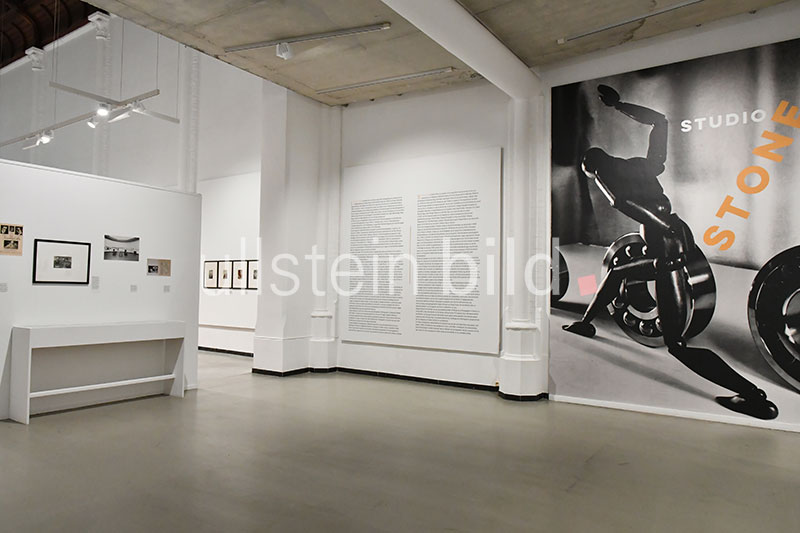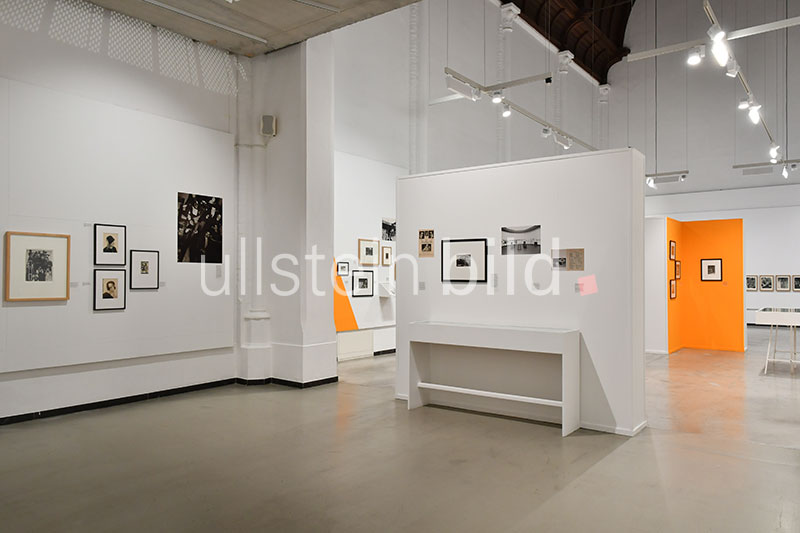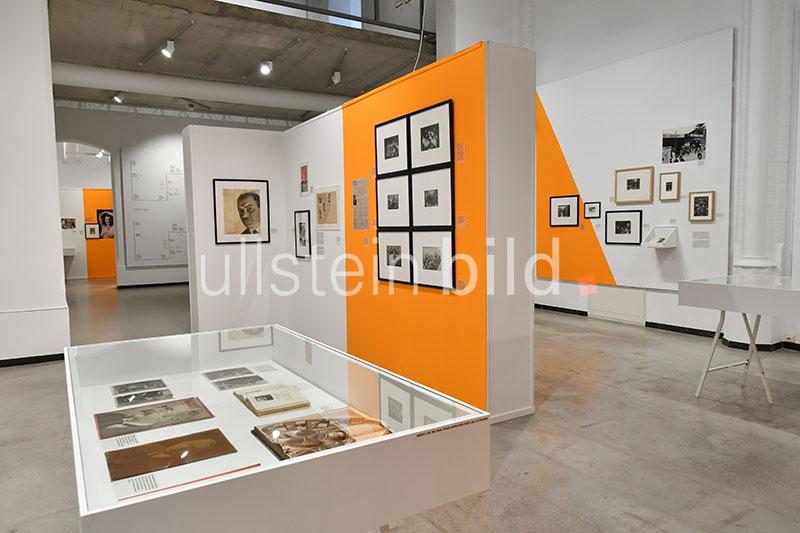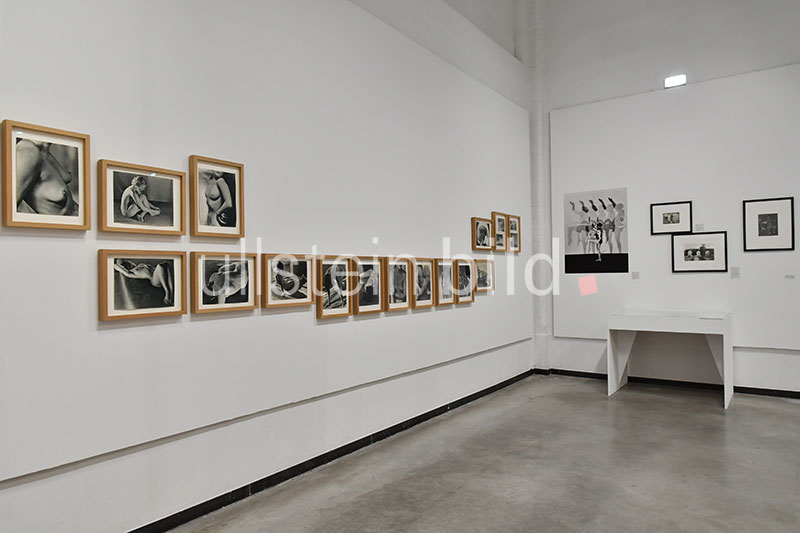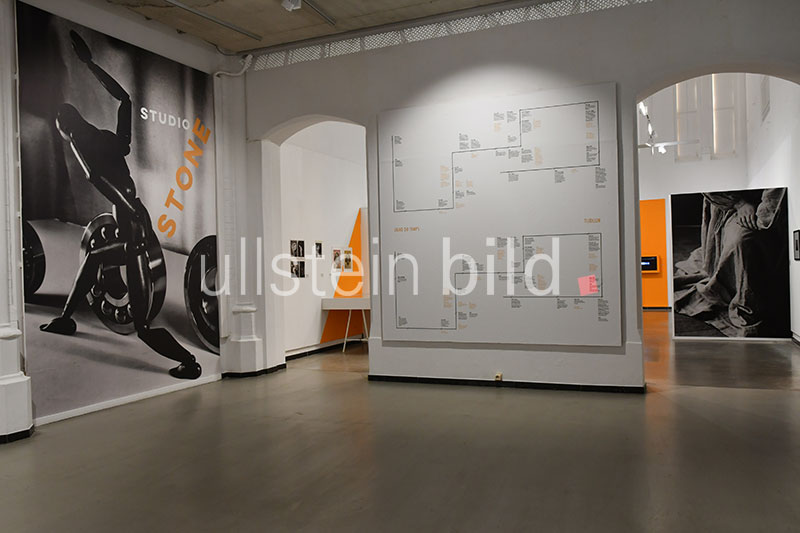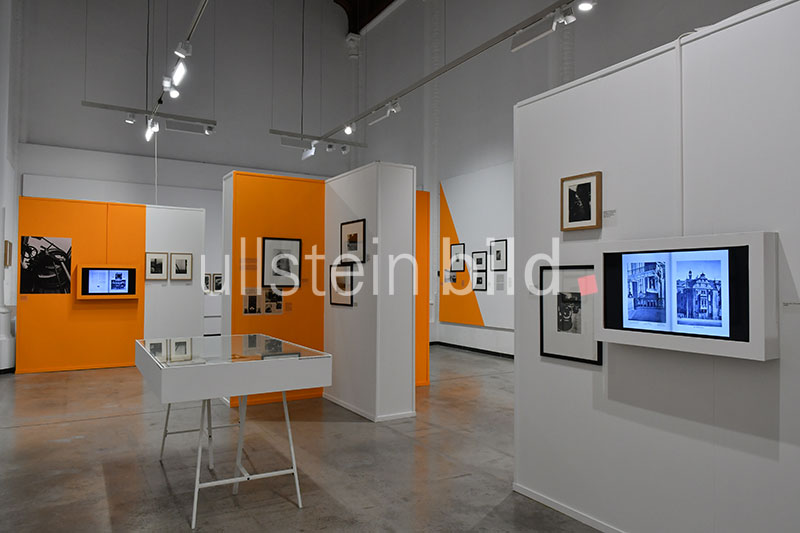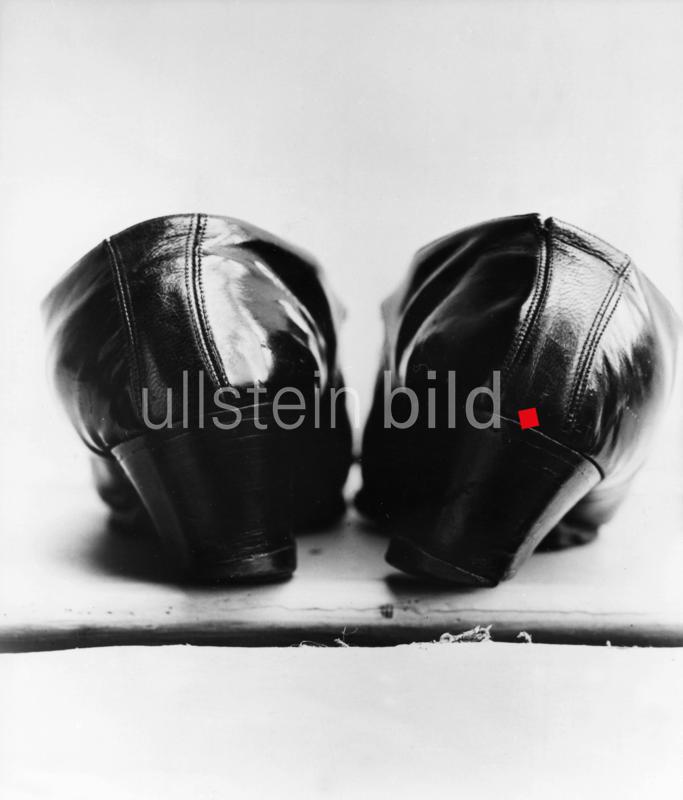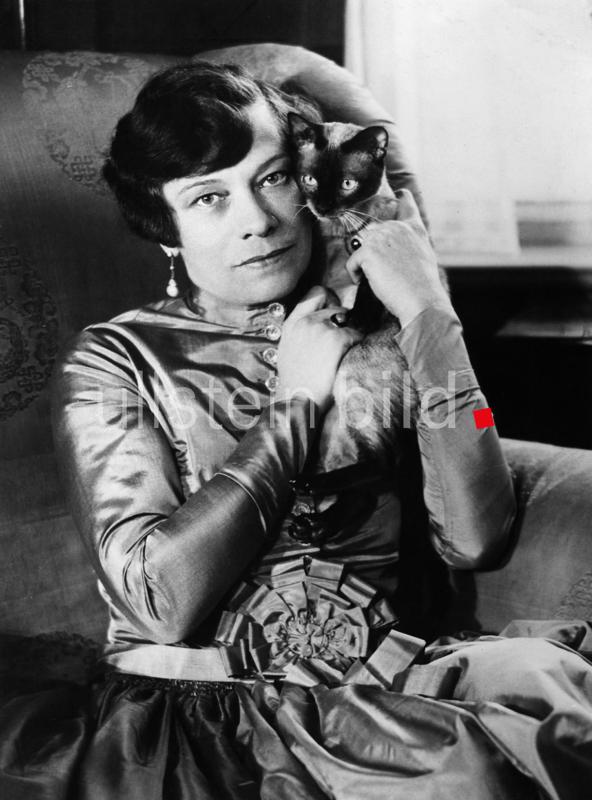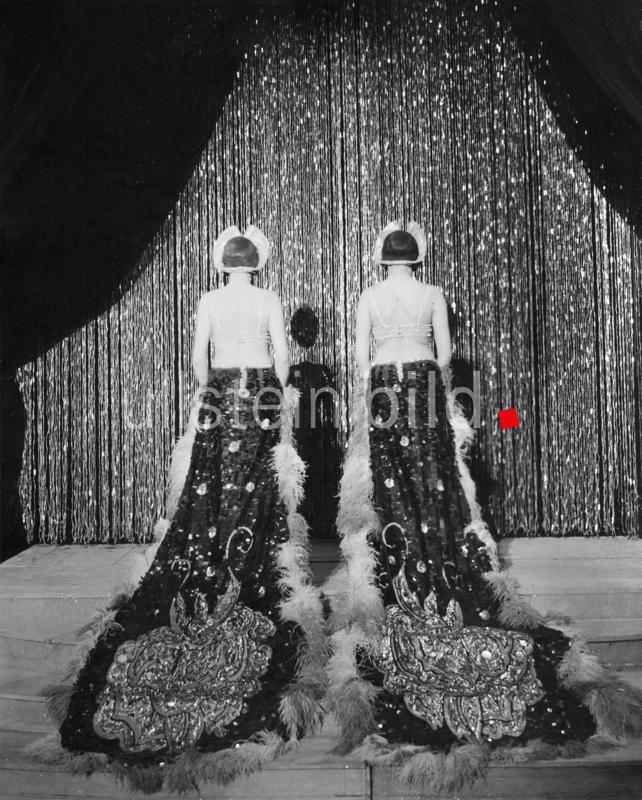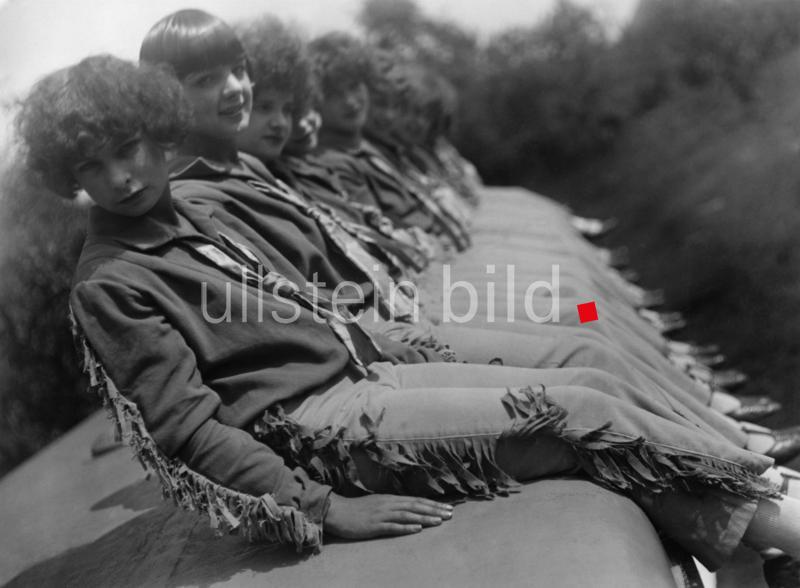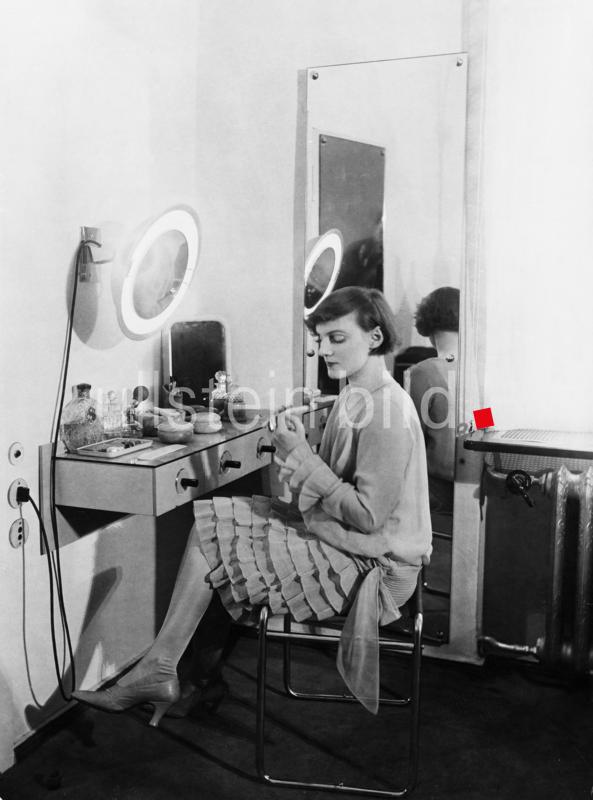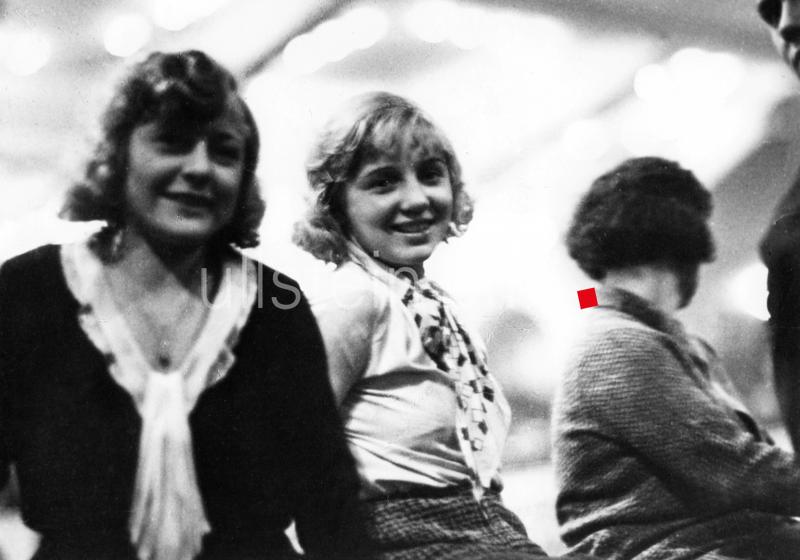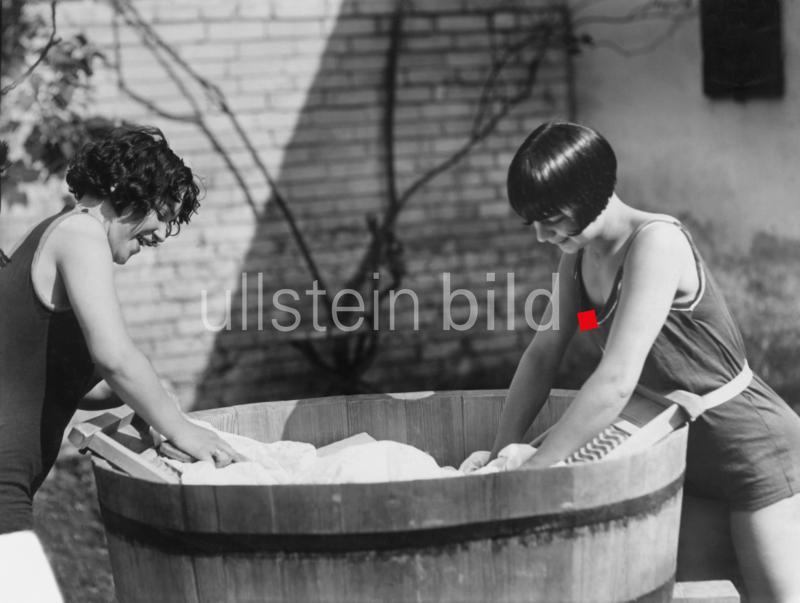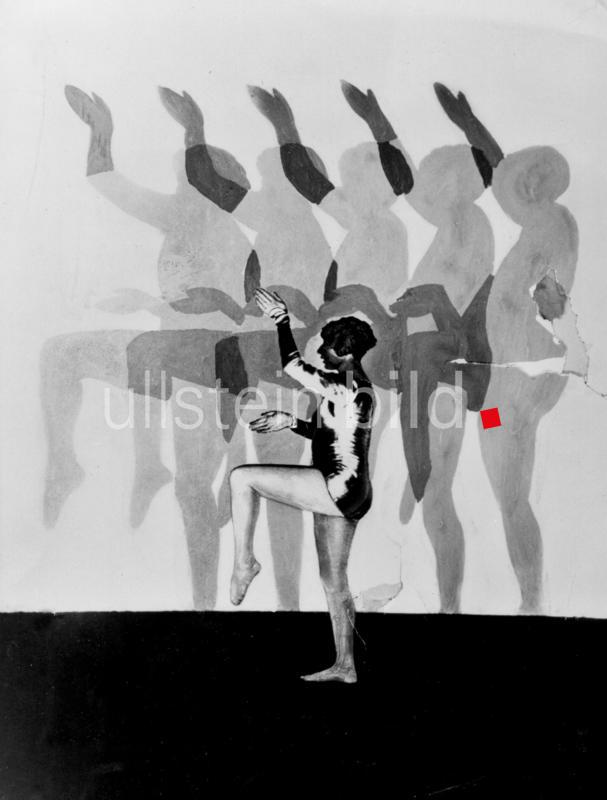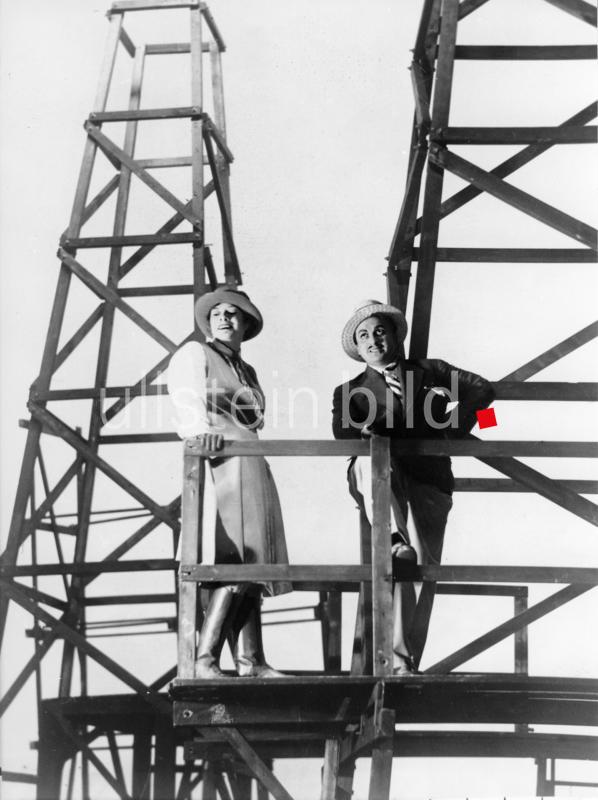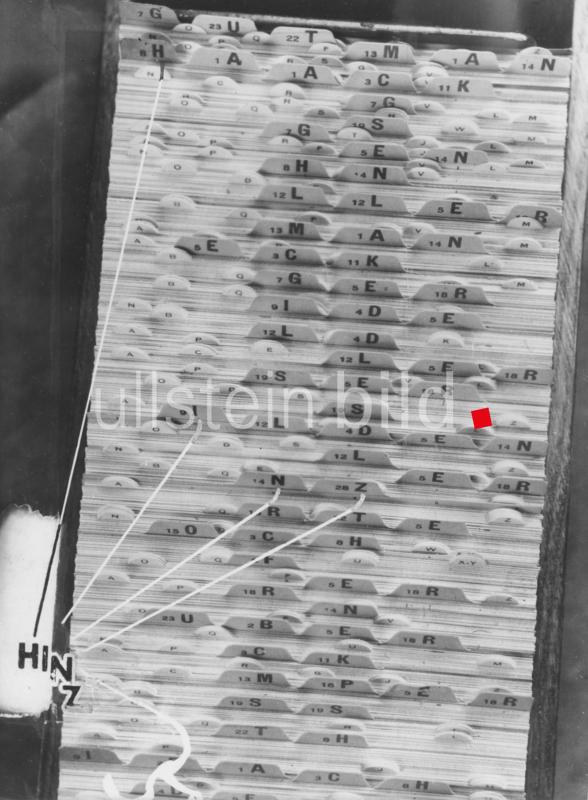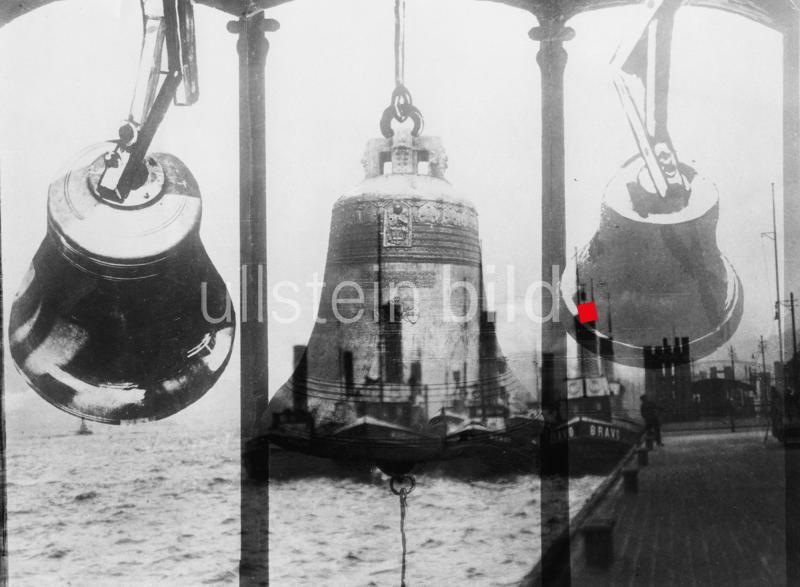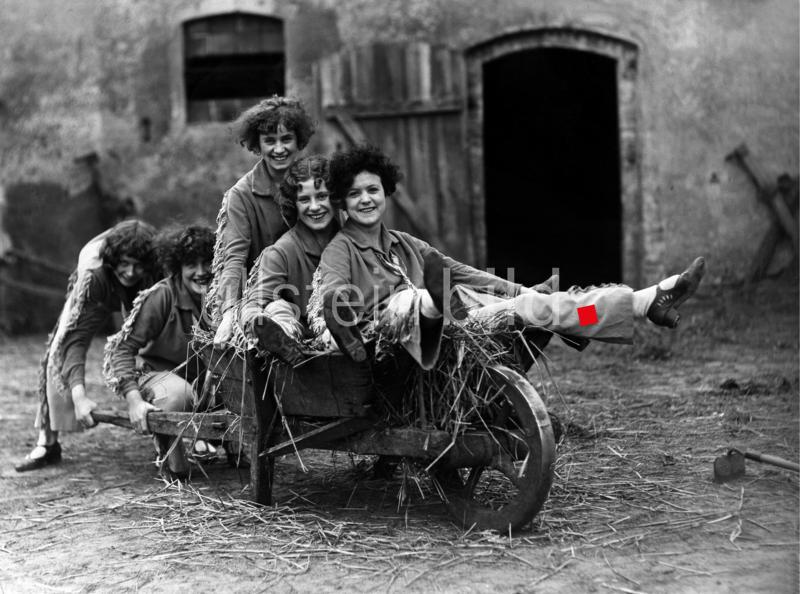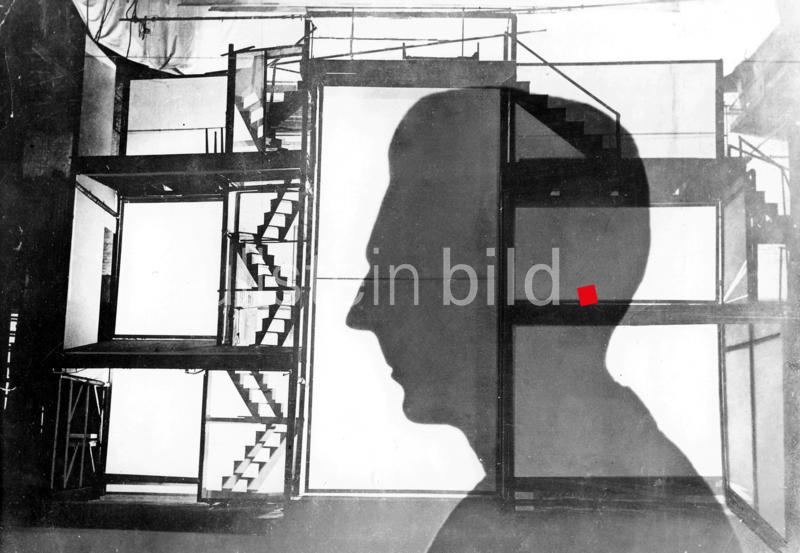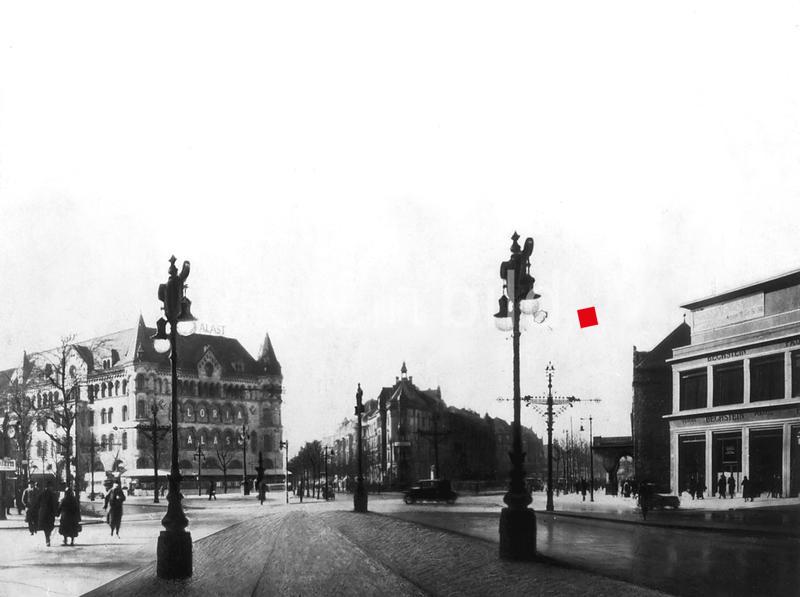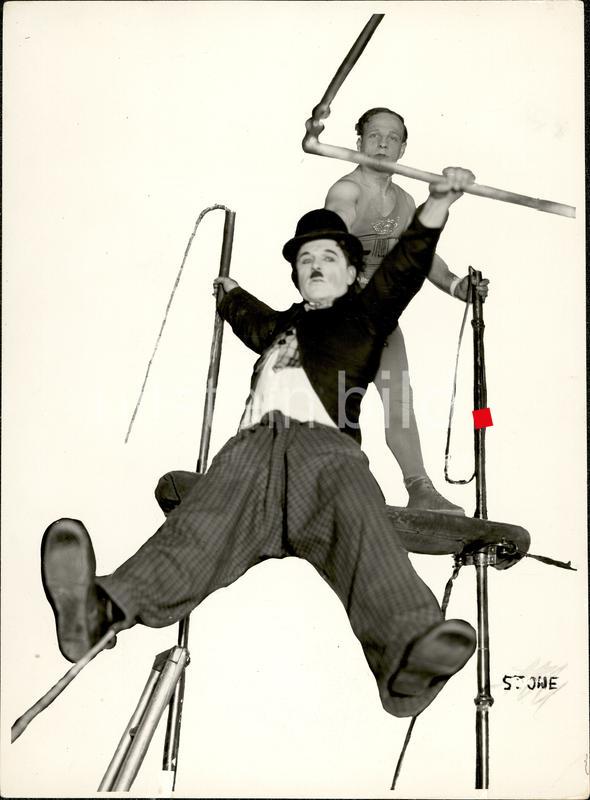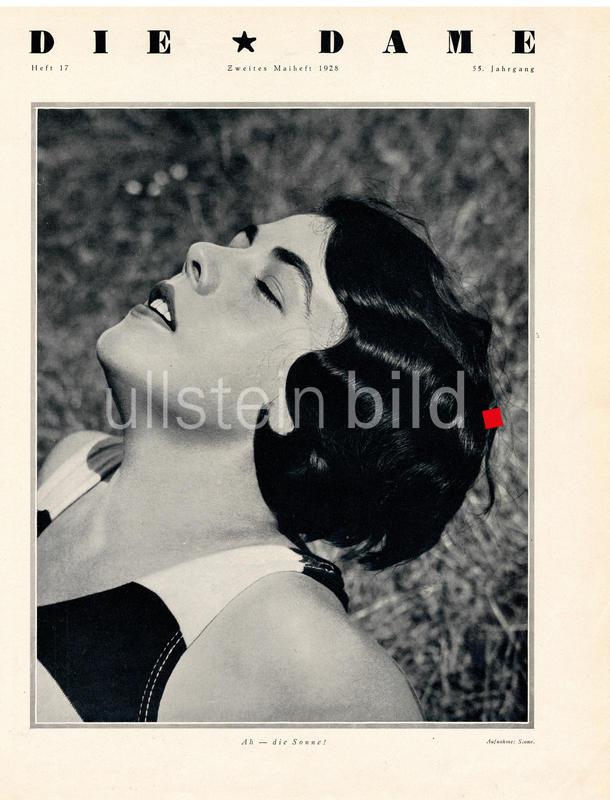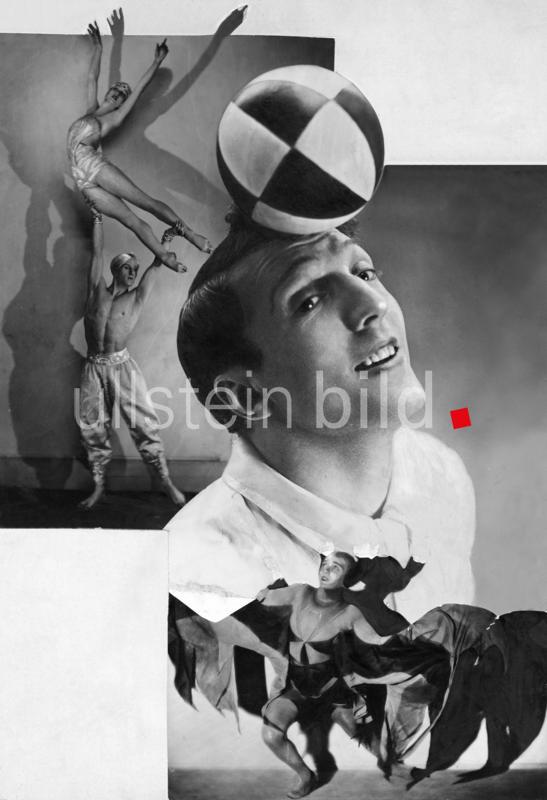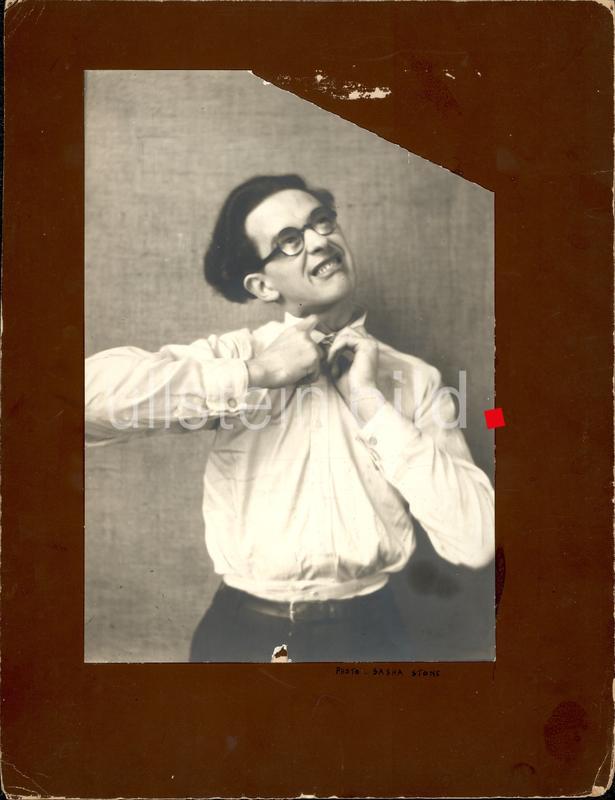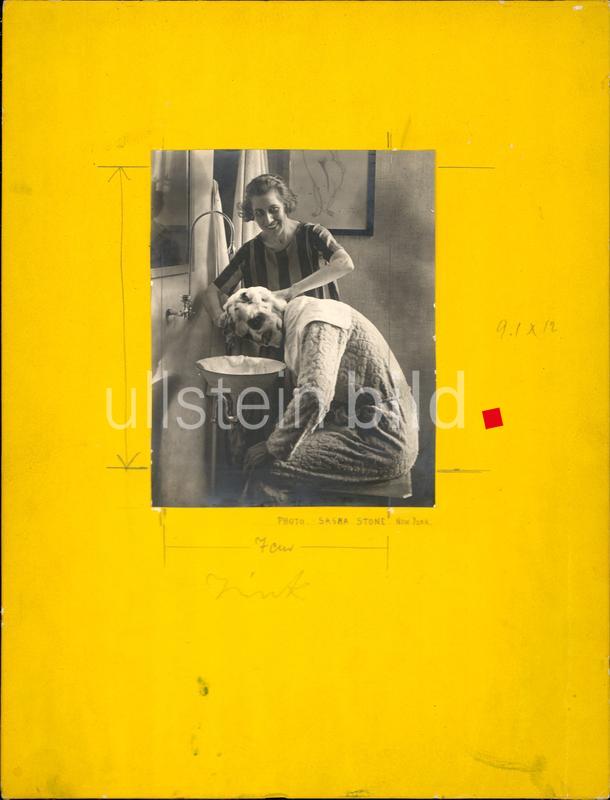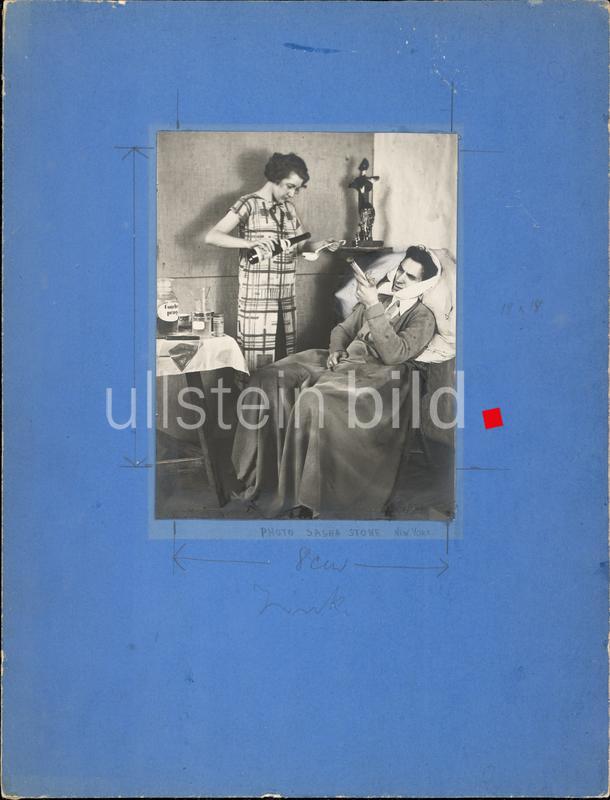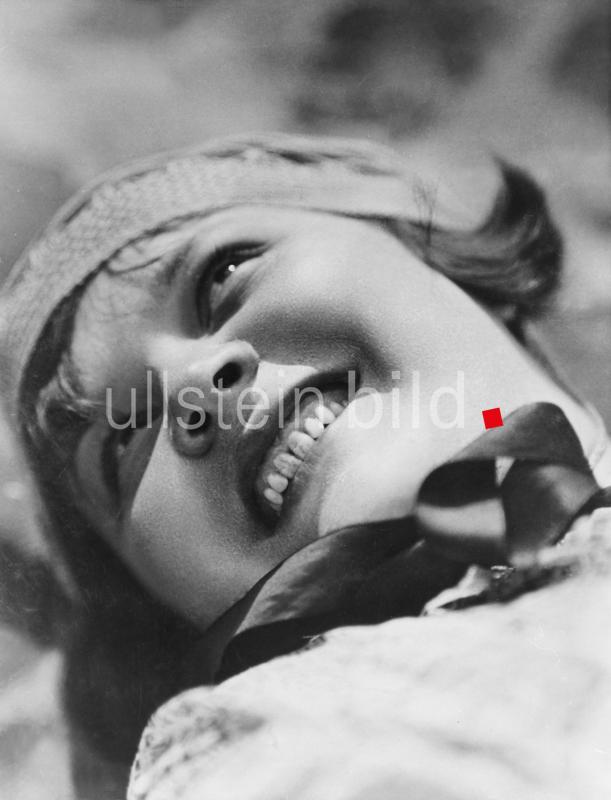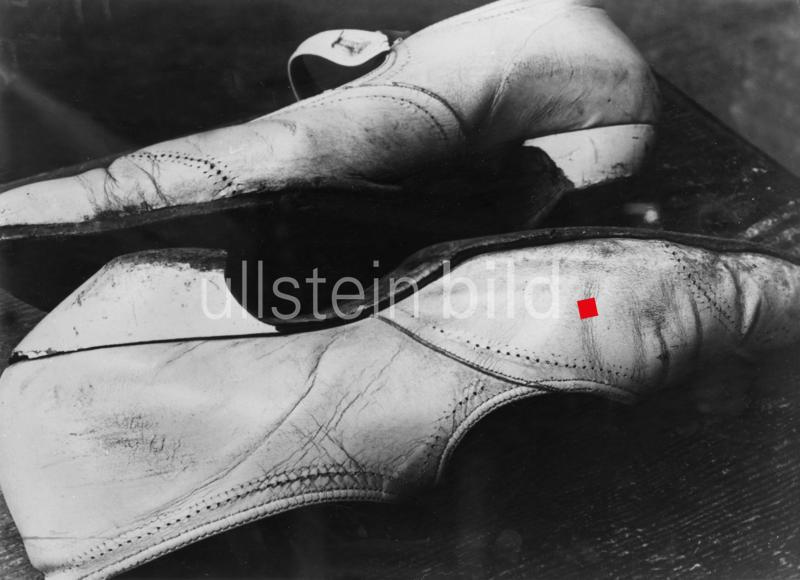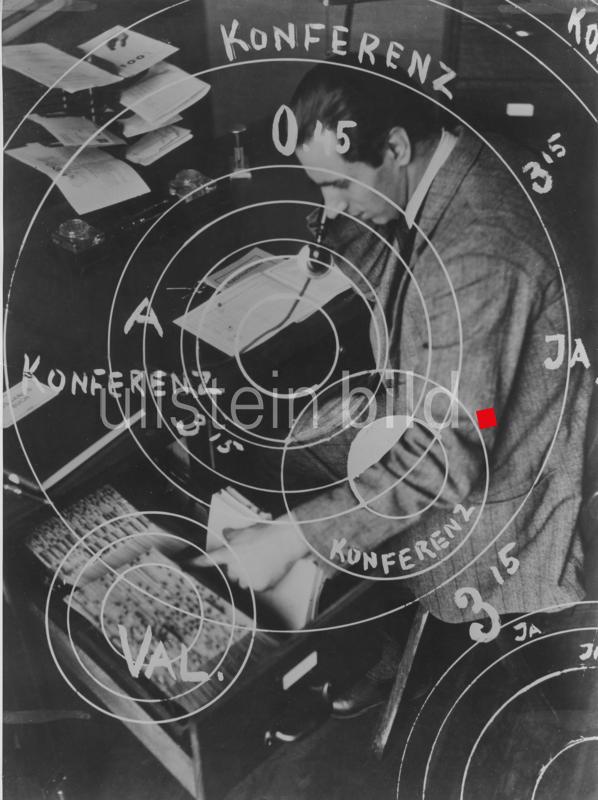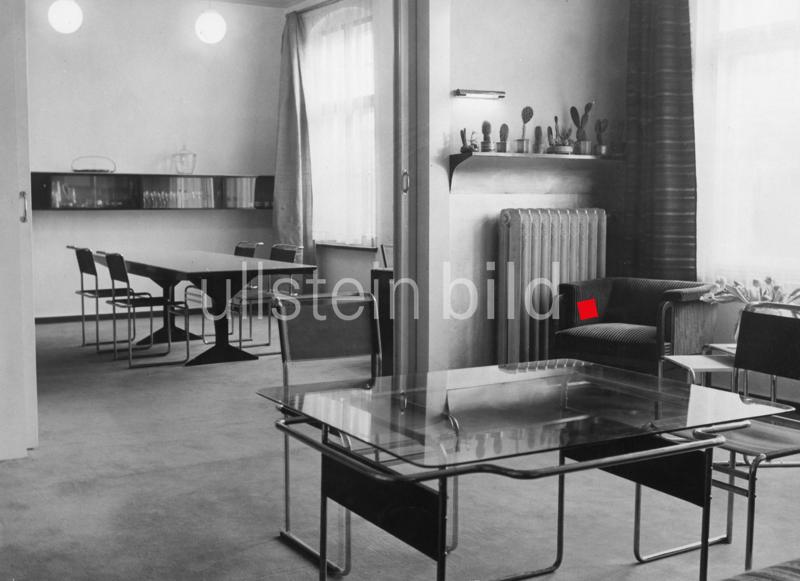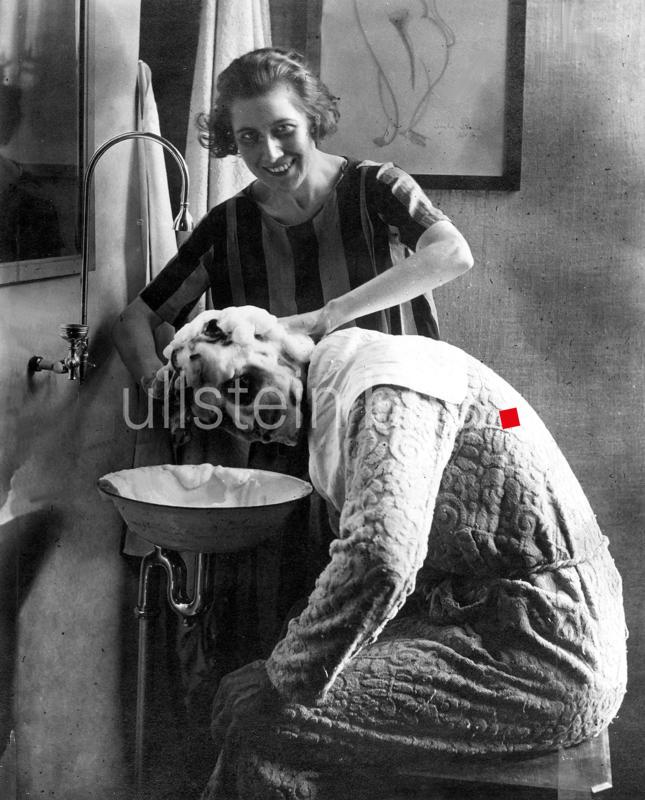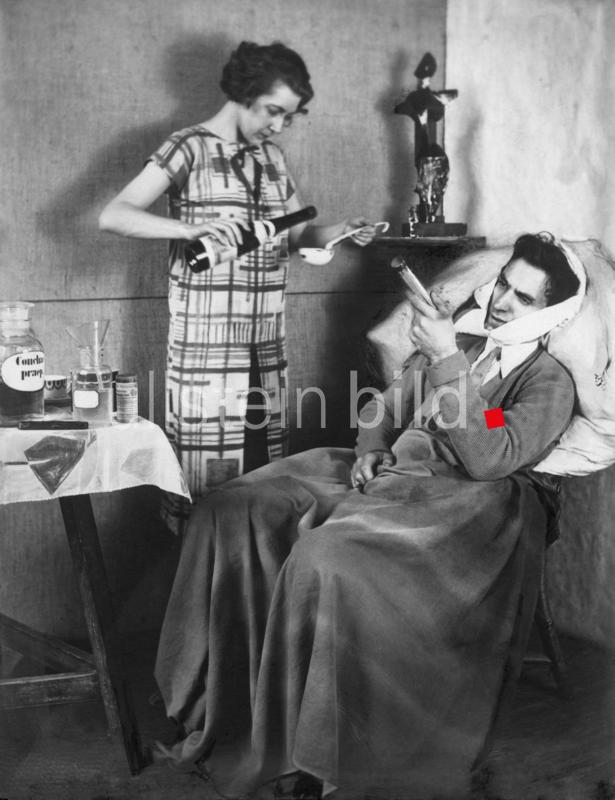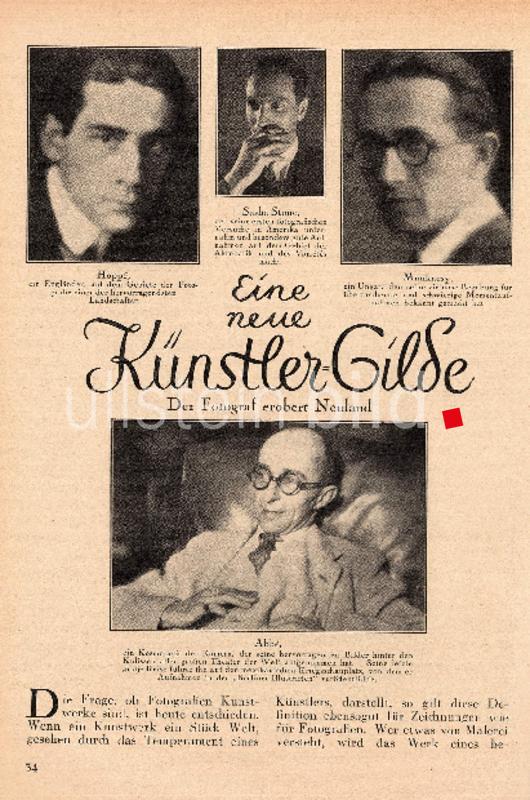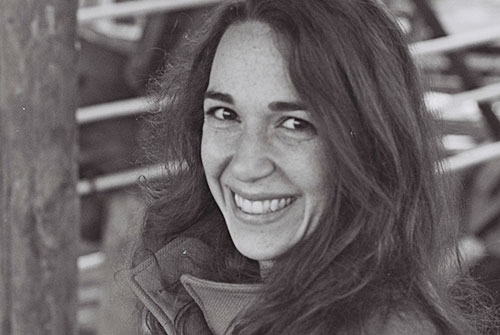Why STUDIO STONE?
Interview with Charlotte Doyen, curator of the Studio Stone exhibition at the Musée de la photographie in Charleroi
_______________________________________________________________
Ms. Doyen, you’ve successfully curated the exhibition Studio Stone which now can be seen until May 18, 2025 in the Musée de la photographie in Charleroi, and ullstein bild / Axel Springer Ullstein Syndication provided a number of exhibits from its collection. Moreover the visitors can approach the topic via the comprehensive and fundamental exhibition catalog. Studio Stone brings Brussels and Berlin into close connection, a kind of starting point of the exhibition concept. What impulses were decisive for the initiative for this exhibition?
The exhibition has its origins in research carried out for another project that we hosted at the Musée de la Photographie in Charleroi: the exhibition curated by Damarice Amao of the Centre Pompidou, Paris Photographie. Arme de classe. The exhibition looked at ‘social and committed photography’ in the 1920s and 1930s in France and elsewhere. For Belgium, the names of Cami and Sasha Stone quickly emerged as important in this theme of social photography. However, the further we got, the more important it seemed that their role in the photographic world of the 1920s and 1930s and their roots in Belgium were. It is this desire to learn more about their work and to discover their involvement with the Belgian artistic and political milieu that has given rise to this exhibition.
From our – Berlin – perspective, we look at one of the progressive photographer couples of their time, the Ullstein publications like Berliner Illustrirte Zeitung, Uhu or Die Dame leave no doubt about this. What is new is that we can assume that the fast-growing Berlin magazine and newspaper publisher Ullstein had first rights to the Stone photographs. What made Stone modern, what made Stone successful?
The Stones are modern photographers for many reasons. One of them, as you mention, is that they publish a lot of their photographs in print magazines. Your article, Katrin Bomhoff, in the catalogue, Studio Stone, gives a very good explanation of this. One of the aspects of their modernity is that they make extensive use of the fast-growing illustrated press. Their photographs also respond to the aesthetic codes of modernity. Lázló Moholy-Nagy in his book Malerei. Photographie. Film sets out some of the principles of this photographic modernity: unusual perspectives and framing, oblique lines, strong contrasts, positive/negative inversions, solarisation, photographic montage, close-ups or singular details – all characteristics that can be found in the Stone's images. What also made them famous and successful was their notable presence at the major exhibitions of modern photography in the late 1920s. Their photographs were widely seen, and they became the driving force behind the spread of New Vision aesthetics, using the modern resources at their disposal to do so.
Among other things, the exhibition gave ullstein bild the occasion for the re-attribution of original photographs from the Ullstein Collection as Stone photographs. The reexamination of the artist couple's New York self-portrait series at Ullstein was a real gain! We have digitized several photographs anew or for the first time and placed them in the right context. And we were able to identify Carl Schnebel (1874-1942), artistic advisor at Ullstein, thanks to the original noted work processes. What innovations did the preparations for the exhibition in Charleroi entail, what new insights did you come to?
The Musée de la Photographie in Charleroi and the AMSAB-ISH are both located in Belgium, so we focused our research on the country, and a number of new and complementary aspects emerged. Numerous Belgian historical archives contained information or photographs of the Stones that were previously unknown. For example, we were able to cross-reference images of the Belgian Parliament taken in 1930 conserve in the Archives de la Ville de Bruxelles with a publication dating from the same period. This publication contains portraits of Belgian politicians and views of the Parliament taken by Stone. The portraits are held, in part, in the Amsab-ISH collection. It is interesting to have been able to find these originals. Similarly, in the BOZAR archives in Brussels, we found correspondence between Stone and those responsible for exhibitions in the 1930s, as well as many of their photographs. These images and letters tell us more about the many interactions between Cami and Sasha Stone and the Belgian art world of 1930-1939. Research has shown us too the obvious links between the Belgian Workers' Party and the Stone's photographic output and its distribution in party newspapers. There is still much to discover here.
Stone's proximity to journalistic publications has also been known in research for some time. Eckhard Köhn stated that the decisive prerequisite for the works was their modernity “also by acknowledging their origins as journalistic commissioned work”.
Yes, there is a Belgian publication that illustrates this point very well. It's the weekly publication of the Palais des Beaux-Arts in Brussels, the Bulletin du Palais des Beaux-Arts, in which the Stones publish their images. These images are very often subtitled: ‘Reportage photographique Stone’, where the photographic and journalistic commission is very clear.
Stone's work contains very impressive, telling examples of the importance of photographic experimentation in his time: photomontage, retouching, alienation effects.
Yes, in fact, Sasha Stone talks about this in an article published in Das Kunstblatt in 1928, in which he insists the importance of this photographic research, questioning the understanding of the light spectrum and ‘photography as an art’, thanks in particular to photomontage. In their photographs, you can sense a real desire to find the best angle of view, or a light that perfectly modulates the subject (architectural, human, detail), or a dynamic framing. There are also many examples of retouching in the exhibition: from ‘simple’ aesthetic retouching on portraits to ‘masking’ to modify an image. Cami and Sasha Stone use all the processes at their disposal to achieve the desired effects. There are also a few examples of cropping photographs, where the image is made more dynamic by tightening the shot.
Ms. Doyen, will we also see this eye-opening exhibition in Berlin? We hope so!
We hope so too! We're currently working with the Amsab on touring the exhibition, and it's clear from the Stone's artistic career that Berlin would be the most appropriate city to host it.
Thank you very much!
Thank you very much, Ms. Doyen, for this interview!
Questions: Dr. Katrin Bomhoff, ullstein bild collection.
First published on February 20, 2025.
In the gallery you can see a selection of original photographs from the ullstein bild collection and exhibition views with the Ullstein exhibits (© Musée de la Photographie Charleroi).
The corresponding dossier can be found at ullstein bild.
